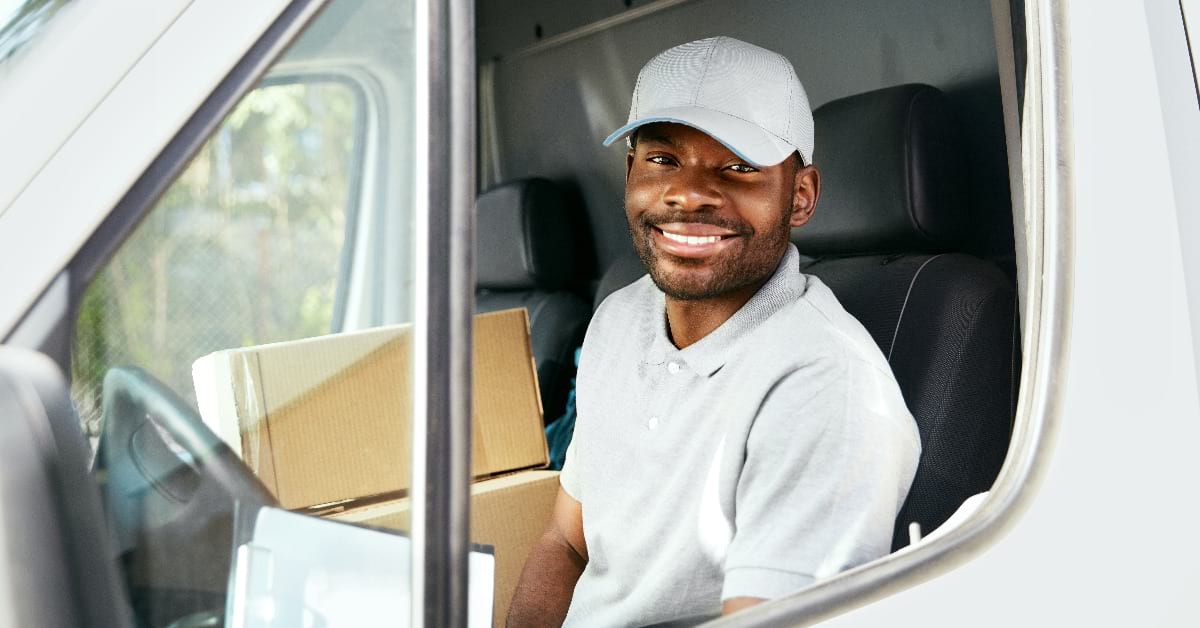Digital push-to-talk (PTT) technology that runs on cellular data or Wi-Fi offers the benefits of traditional walkie talkies with expanded quality and range from the devices we’re already carrying around with us everywhere we go.
The result? A high-speed communication technology built for the 21st century that enables individuals and teams to communicate quickly and easily.
What is Push-to-Talk?
With push-to-talk technology, users push a PTT button (either physical or digital) to speak across a communication line, and de-press the button when they’re finished speaking. Before the advent of cell phones and smart devices, radio—whether in the form of two-way radios, walkie talkies, or otherwise—was the traditional tool for pushing-to-talk.
Pros and cons of push-to-talk on traditional radios
Traditional radios and walkie talkies with push-to-talk often have the benefit of being rugged devices. Many can withstand a splash of water, a fall, or a poof of dust.
Plus, with radio, a worker who operates with gloves on—for example, in construction, manufacturing, or transportation—doesn’t need to take off their gloves to dial a number on a phone. Instead, they simply press a PTT button and quickly communicate with team members in the vicinity.
However, radios often offer only limited range and poor sound quality. In some industries such as in transportation dispatch, radio fatigue—the phenomenon where drivers listening in on open channels tune out from the chatter and miss critical information—is often a problem.
What’s more, oftentimes frontline workers need to carry a phone or tablet with them to complete other elements of their job, such as creating order tickets or routing to a site. Relying on radio for communications means carrying two devices. And lastly, radio is not a secure form of communication.
The benefits of digital walkie talkie applications
Zello provides a “best of both worlds” user experience by combining the benefits of radio push-to-talk with the advantages of mobile technology, offering accessibility and several plusses over traditional walkie talkie push-to-talk:
- With Zello, you can push-to-talk over cellular or Wi-Fi, expanding capability and range
- Sound quality is crystal clear and far superior to that of traditional radio walkie talkies
- Users can create different channels for specific worker groups or discussion topics, which cuts down on radio fatigue
Users who need the heartier walkie talkie handset features including the ability to withstand falls, water, and dust would do well to purchase rugged phones for their push-to-talk activities. Not only are they fall, dust, and water resistant, but they also have tactile PTT buttons, so there’s no need to stop work and remove gloves in order to talk.
Let’s take a closer look at the advantages of digital push-to-talk technology.
Range
Traditional radio push-to-talk services often have limited range. This can be restrictive in a number of important ways.
For instance, before Bud’s Ambulance crew found Zello, their radio signal often encountered interference when operating within their dense urban area. Zello now helps keep them connected, both on cellular networks and Wi-Fi when they’re going deep inside a tall building. They can even stay in touch with their satellite office, relaying key details and response information, even though the office is geographically outside of radio range.
Tall buildings aren’t the only place from which it can be difficult to connect. While flying 3,000 miles in the sky, Sim Shain from Hatzolah of Central New Jersey uses Zello to coordinate transport for patients in need of medical treatment with waiting on-the-ground staff.
Sound quality
When lives are on the line, sound quality is absolutely essential. There’s no room for crackling walkie talkie lines and feeds that cut out.
Frontline emergency workers across the globe use Zello to communicate the most critical messages. Couriers delivering blood for critical patients use Zello to contact dispatch and get directions for exactly where to drop an urgently needed donation in the hospital.
Concrete drivers and dispatchers at LafargeHolicm rely on Zello’s crystal clear sound quality to get concrete to a site in the short window before it hardens. Whether working on the medical frontlines, building roads, bridges, and buildings, or responding to a crisis, sound quality matters when it comes to getting it right.
Channels
Zello makes it easy to set up channels for targeted communication. Organizations can set up as many as they need for each department or crew, so that team members can better tune in or out from channels that are or aren’t relevant to them.
For example, at a hospital in Toronto, every department or team has its own channel for communicating. In the emergency department alone there are channels for ambulatory care, trauma, and behavioral health.
Using Zello channels allows doctors, nurses, and administrators to coordinate patient care without distracting staff that aren’t involved in a particular case.
Gateways
With gateways, organizations can bridge legacy radio and high-speed digital push-to-talk technologies.
When this team of Russian firefighters arrive at a scene and need to work with other emergency responders, they set up a gateway to connect their devices, which run Zello, with all the legacy radios in the area.
Other first response organizations continue to rely on the radio networks embedded in the industry, but use gateways to expand their range, taking advantage of both technologies. That’s exactly what the team at Henderson County Emergency Services does when responding across 375 square miles of a community in North Carolina. With Zello, they can take advantage of cellular networks while responding in rural areas, while still tapping into their traditional radio system.
In disaster situations when Wi-Fi and cellular networks are down, radio is still an essential response tool for communication. However, it still does not provide the same organizing capabilities as Zello channels can. Zello is home to many relief organizations whose members use the app to coordinate relief efforts, even when they’re several states away, and then communicate these efforts to on-the-ground team members who are using radio via a gateway.
These are just some of the benefits of digital push-to-talk. Keep in mind that when workers use digital push-to-talk walkie talkie apps, their communications are also more secure. And they no longer need to fumble with two devices, when one will do.
Efficient communication is the lifeblood of most industries both in the United States and the wider world. Making a simple and low-cost switch to digital push-to-talk can increase the overall performance of your organization.
Contact our sales team for a free walkthrough of what Zello can do for your organization.

